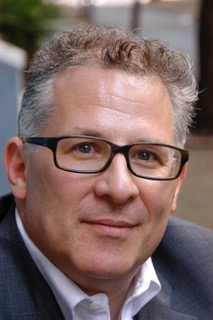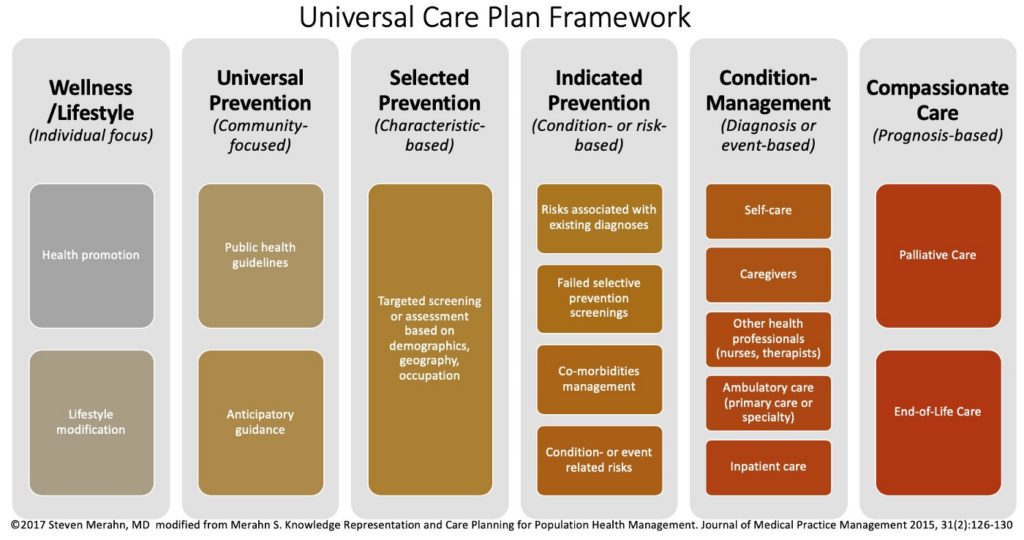By KIM BELLARD
I’ve finally come to understand why the U.S. healthcare system continues to be such a mess, and I have President Dwight Eisenhower to thank.
I’ve been paying close attention to our healthcare system for, I hate to admit, over forty years now. It has been a source of constant frustration and amazement that – year after year, crisis after crisis – our healthcare system doesn’t get “fixed.” Yes, we make some improvements, like ACA, but mostly it continues to muddle along.
Then I learned about President Eisenhower’s approach to problems:
That’s it! All these smart people, all these years; they didn’t know how to solve the problem that is our healthcare system, so they all took the Eisenhower approach: enlarge the problem. Let our healthcare system get so bad that not addressing it no longer is possible.
If, indeed, there is such a point.
The actual Eisenhower quote is more nuanced than the above version. It was:
Whenever I run into a problem I can’t solve, I always make it bigger. I can never solve it by trying to make it smaller, but if I make it big enough, I can begin to see the outlines of a solution.
I guess we’re not yet at the point when the outlines of a solution are clear (Bernie Sanders notwithstanding).
Instead, we’ve been chipping away at the problem, trying to make it smaller. For example:
- Employer-sponsored health insurance tax preference (WWII)
- Hill-Burton Act (1946)
- Medicare/Medicaid (1965)
- Federal HMO Act (1973)
- Stark Physician Self-Referral Law (1989)
- DGRs (1983) & RBRVS (1992)
- CHIP (1997)
- Medicare Modernization Act (2003)
- Affordable Care Act (2010)

















